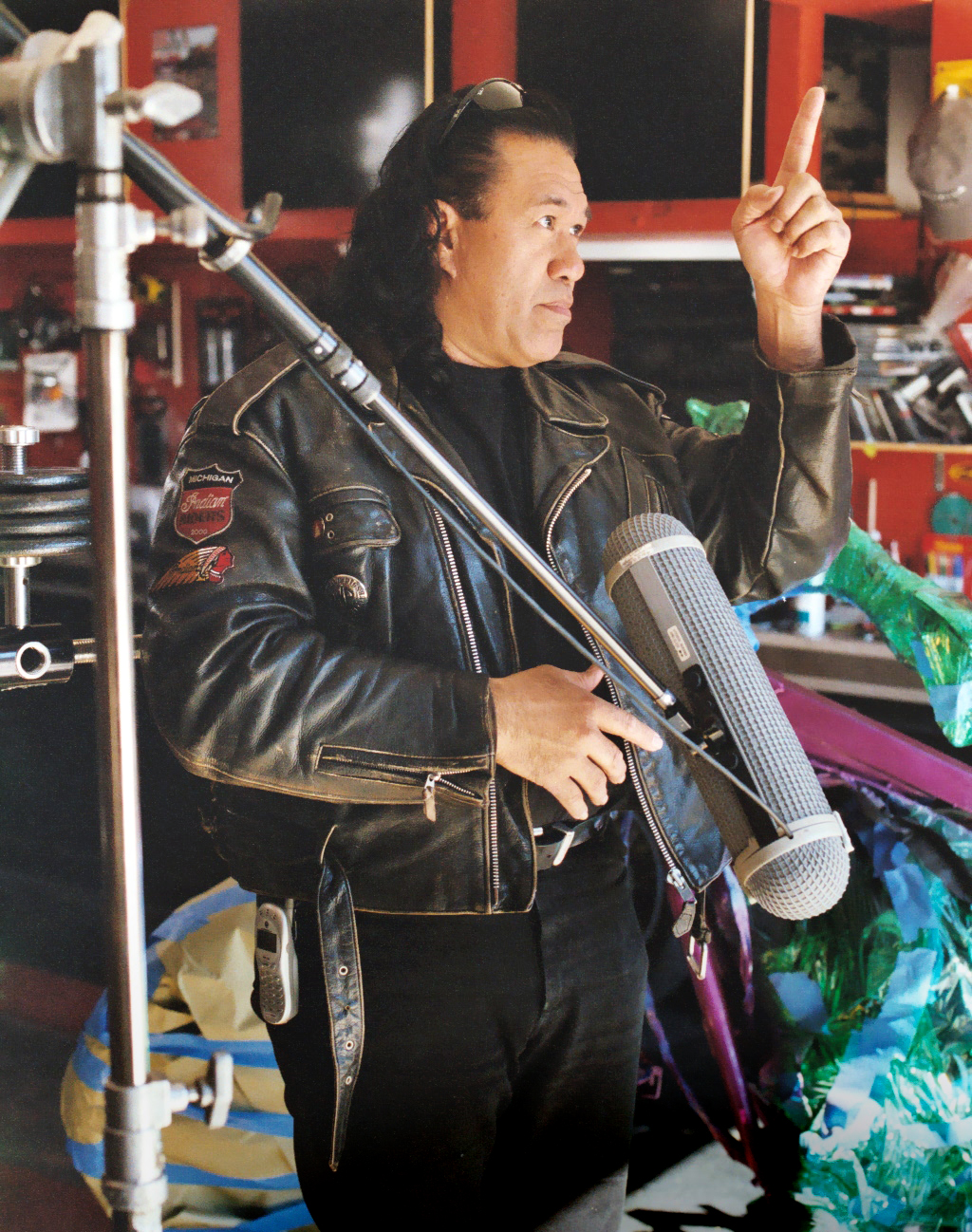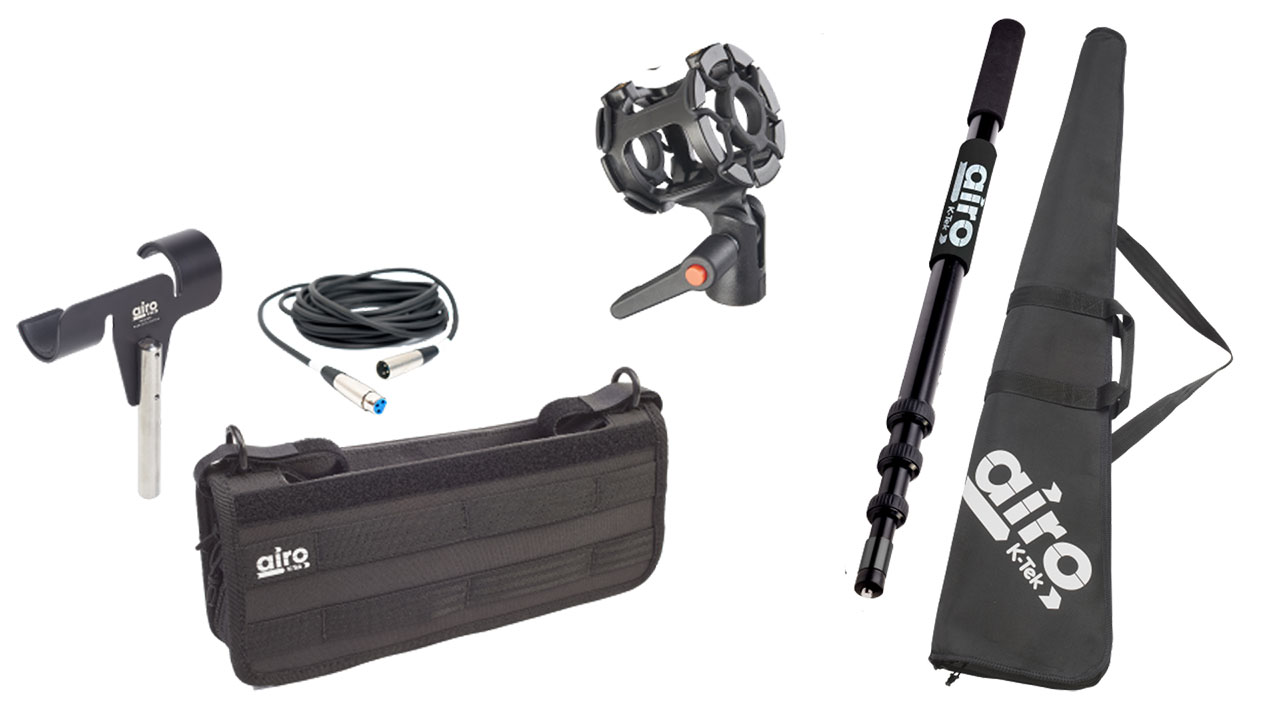
Barry Braverman
Raising the Boom Pole on What Is Possible (For Not Much Money)
It’s a truism of the filmmaking craft: Audiences will tolerate bad picture but never bad sound. And so it is that many shooters, especially in the nonfiction world, must also capture the best sound possible, if no other reason that better sound produces better-looking pictures.
Audiences judge the professionalism of a production by the quality of the sound. Camera people, like myself, are understandably more interested in the size and type of a camera sensor, the recording format and lens performance, but these things mean little if we can’t decipher what the heck an actor or news reporter is saying.
For many documentary, news, wedding and event shooters, it makes sense to acquire an inexpensive sound kit. We don’t necessarily need a top of the line package — professional sound recordists will do that — but we do need gear that is well designed, functional, and can work satisfactorily in a professional context.
In my own work, I’ve carried a minimal audio package for years, since my days at the National Geographic Society (NGS), where I specialized in humpback whales and various ilk of wading birds. I often had to capture the impromptu squawk or gluck, or a line or two of pithy dialogue from an avian expert. Shooting in remote locations meant my audio kit had to be simple. In those days, that meant a small cassette recorder, boom pole, suspension, mic, and windscreen. Of course, operating with no dedicated sound recordist is a familiar scenario today, especially for solo news shooters who must wear many hats.

Manufacturers of high-end products face a significant challenge designing entry-level versions of their flagship gear. At K-Tek, expertise gleaned from years of experience is infused into the low-cost Airo line.
K-Tek
In 1996, Manfred Klemme founded K-Tek to produce high-quality products for audio professionals. Operating out of small manufacturing plant in Vista, CA, K-Tek continues to produce high-end boom poles, suspensions, and other accessories for the feature film and commercial industries. It makes sense, given the company’s more than 20 years of expertise that K-Tek should be the first to produce a high-quality line of accessories for entry level filmmakers.
Reasonably priced (surprisingly so), the new Airo line from K-Tek will appeal most broadly to student filmmakers and schools, church groups, and other prosumer users. The Airo boom pole is smooth operating and lightweight and will work well in most documentary, non-theatrical environments.
Constructed of aircraft aluminum rather than carbon fiber, the pole will never be confused with the company’s top-of-the-line model. The Airo lacks the balance and feel that most top professionals expect; the pole’s compression fittings are not as robust and its operation in general is considerably more vague. Still, at under $100, the Airo boom pole is a competent performer for a wide swath of potential users. Even top audio professionals may want to adopt the Airo as a low-cost wireless antenna mast, for example, or as a second or third backup boom.
The Airo line of products is plenty rugged. Indeed, many Airo parts are pulled from the same bins as their higher-priced brethren. The ruggedized bands used in the Airo suspension are identical to the top models. Remarkably, the Airo suspension, despite its pedigree and extra rugged construction, is assembled at the California plant and retails for $29.95.
At a fraction of the price, the Airo suspension feels no less hefty or professional than its more costly cousins. It may not be as robust overall or withstand the same level of abuse, but for many students and entry-level shooters the Airo suspension and other accessories in the line might be just the ticket.

The Airo boom pole holder (left) is a huge improvement over the traditional pole hanger (center top) based on the fishing-rod holder found on docks and wharves everywhere (lower right).
Barry Braverman
My favorite Airo product is the nifty boom pole holder — a tour de force of industrial design. The pole holder is constructed of laser-anodized sheet aluminum with a pro grade stainless steel pin — the same baby pin used on other, costlier K-Tek products. The fixed pin makes it easier to line up the holder in a gobo head, eliminating the needless fumbling and frustration that happens often on jobs with small, less experienced crews.
Which brings up another key point. Since my NGS days I’ve toted around the same miserable boom pole hanger/holder. Unwieldy and déclassé, it looks just like a traditional fishing pole holder, because, well, it is a fishing pole holder.
Professional sound recordists have used these awkward things for years not because they are better but because they are cheap and they work, sort of. Equipment manufacturers even started to create their own version of the hanger, copying the dreadful fish-pole design. I don’t think I’m going out on a line when I say the traditional pole holder leaves a lot to be desired. The Airo is so much better at $49.95.
Craft, of course, is at the center of everything we do, whether we’re shooting or recording sound. The Airo boom pole is designed for the less-experienced user; for example, its configuration eschews the internally routed cable. In this way, the novice operator need not worry about inadvertently rattling the pole with the cable inside, producing unwanted noise.

Whether you’re under attack by a police water cannon or an enraged hippo, sometimes you need to run like hell! The low cost quasi-dispensable Airo might be just the ticket as a crash audio kit.
For many news and reality-TV type shooters there’s another thing to consider. While top recordists will always prefer the toughest, most efficient gear, regardless of price, there are threatening situations, albeit quite rare, when the preservation of one’s life is the primary objective. In the course of my own work, I’ve encountered a few such occasions — at the business end of a water cannon, or facing down a hungry polar bear on the Beaufort Sea. Low-cost quasi-expendable gear like the Airo, with its professional capabilities, may be just the thing for shooter-warriors facing such do-or-die perils.
There’s nothing really revolutionary about K-Tek’s new Airo line. What’s notable is K-Tek’s ability to manufacture such products to high professional standards without driving up cost, or producing useless fragile accessories. K-Tek’s Airo proves that intelligent design coupled with high-end experience can pay off for shooter-filmmakers at all ends of the spectrum. Professional camera people and others can now afford to carry a basic sound kit without investing a lot of dollars.










